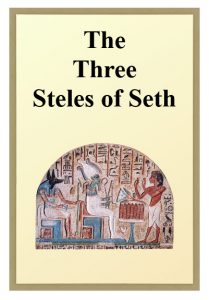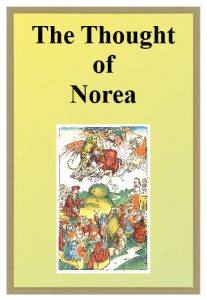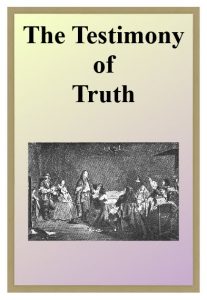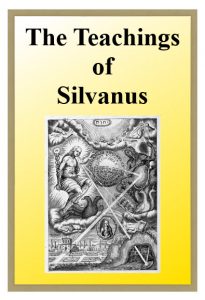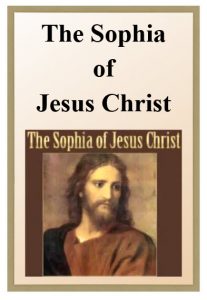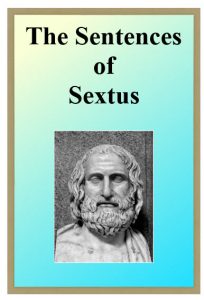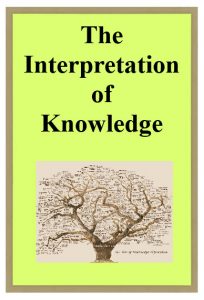Information on Thunder, Perfect Mind
PAUL-HUBERT POIRIER COMMENTS, “Thunder takes the form of a discourse, composed for the most part of self-predications in the first-person singular (Coptic anok pe/te, Greek ego eimi) interspersed with exhortations and reproaches addressed to an unidentified audience. The speaker remains unnamed, but many features in the text show that the person or entity speaking is a feminine being. This characteristic explains why the tractate was at first compared with the Isis aretalogies – the self-proclamations in which the goddess Isis presents herself and lists her feats – or with the public addresses of female Wisdom in the Jewish scriptures (Proverbs 8:4-36; Sirach 24:3-22), but these parallels remain only partial.” (The Nag Hammadi Scriptures, p. 367)
Bentley Layton writes, “The Thunder – Perfect Intellect (‘Thunder, Perfect Mind’) is a riddlesome monologue spoken by the immanent Savior, here represented as a female character and identifiable as ‘afterthought,’ a manifestation of wisdom and Barbelo in gnostic myth. In gnostic myth the role of afterthought – also known as ‘life’ (Zoe), the female instructing principle, and the holy spirit – is to assist both Adam and all humankind, in order to recollect the power stolen by Ialdabaoth (BJn 20:14f) and now dispersed in the gnostic race. She is immanent in all gnostics who have the holy spirit (BJn 25:20f).
Although the monologue consists almost entirely of self-descriptions and exhortations directed to the reader, three short passages refer to the mythic setting of the Savior’s words: (1) she has been sent from ‘the power’ or Barbelo (cf. BJn 4:26f) and is immanent within humankind (13:2f); (2) she continues in her mission to ‘cry out’ and summon members of the gnostic race (19:28f); (3) souls that respond will gain liberation from the material world and ascend to a place in the metaphysical universe where the speaker herself resides, and will not suffer reincarnation (21:27f).

